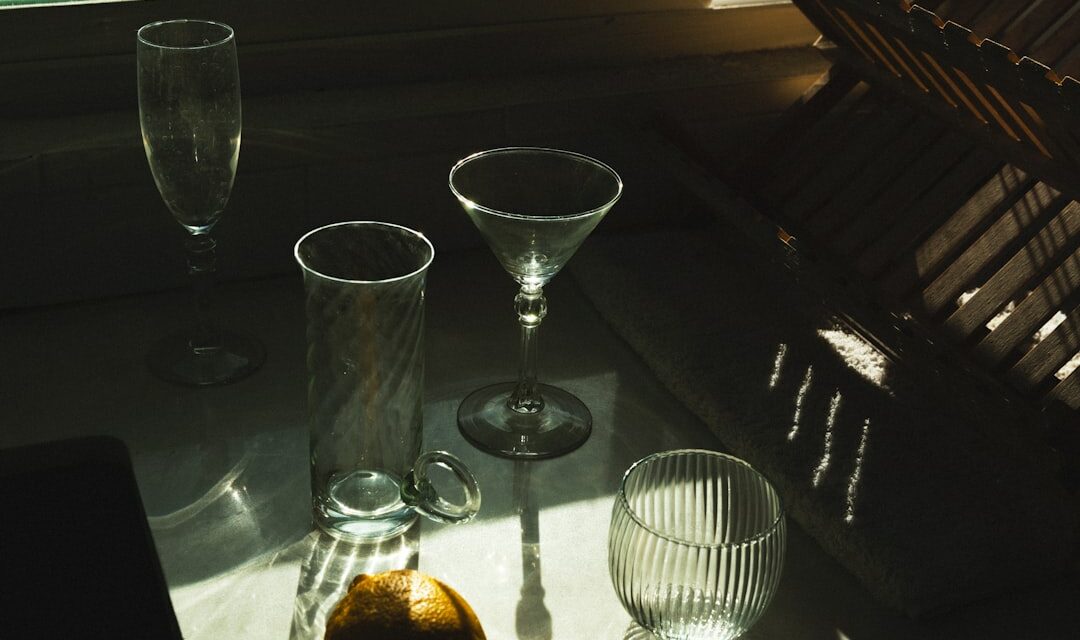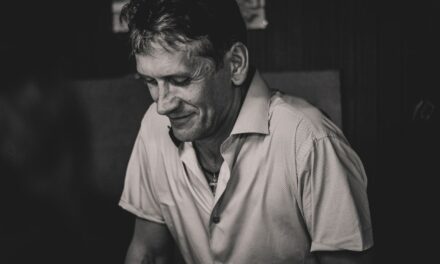Joos van Cleve, a prominent figure in the Northern Renaissance, was born around 1485 in the city of Antwerp, which was then part of the Habsburg Netherlands. His early life remains somewhat shrouded in mystery, with scant records detailing his formative years. However, it is widely believed that he was the son of a painter, which likely provided him with an early exposure to the world of art.
This familial connection to the craft may have ignited his passion for painting and set him on a path that would see him become one of the most respected artists of his time. As a young man, van Cleve would have been influenced by the vibrant artistic community in Antwerp, a city that was a hub for trade and culture during the late 15th and early 16th centuries. The presence of other notable artists, such as Quentin Massys and the influence of the burgeoning humanist movement, would have played a significant role in shaping his artistic sensibilities.
By the time he reached adulthood, van Cleve had established himself as a skilled painter, and he became a member of the Guild of Saint Luke in Antwerp, which further solidified his standing within the local art scene.
Summary
- Joos van Cleve was born in the early 16th century in the Netherlands and trained in the workshop of his father, a painter.
- His style was influenced by the works of Jan van Eyck and Rogier van der Weyden, and he was known for his use of vibrant colours and intricate details.
- Notable works include “The Holy Family” and “The Last Judgment,” and he made significant contributions to the development of portraiture in Northern Europe.
- Joos van Cleve received patronage from prominent figures such as the Habsburg court and collaborated with other artists, including Pieter Coecke van Aelst.
- His personal life remains somewhat mysterious, but his legacy lives on through his influential contributions to Northern Renaissance art.
Style and influences
Joos van Cleve’s artistic style is often characterised by its meticulous attention to detail and a keen sense of realism. His works exhibit a blend of Northern European traditions with influences from Italian Renaissance art, particularly in his use of colour and composition. This synthesis of styles is indicative of the broader cultural exchanges occurring during the Renaissance, as artists sought to incorporate new ideas and techniques into their work.
Van Cleve’s ability to merge these diverse influences allowed him to create a distinctive style that resonated with both contemporary audiences and later generations. The influence of Jan van Eyck is particularly evident in van Cleve’s work, as he adopted the meticulous oil painting techniques pioneered by the earlier master. The use of rich, luminous colours and intricate textures in van Cleve’s paintings can be traced back to this foundational influence.
Additionally, the incorporation of religious themes and iconography reflects the prevailing artistic trends of the time, as artists sought to convey spiritual narratives through their work. Van Cleve’s ability to navigate these influences while maintaining his unique voice is a testament to his skill as an artist.
Notable works and contributions
Among Joos van Cleve’s most notable works is “The Virgin and Child with Saints,” a piece that exemplifies his mastery of composition and colour. In this painting, van Cleve presents a serene depiction of the Virgin Mary holding the Christ Child, surrounded by saints who are rendered with remarkable individuality. The intricate details in their garments and expressions showcase van Cleve’s technical prowess, while the harmonious arrangement of figures reflects his understanding of spatial dynamics.
This work not only highlights his ability to convey religious themes but also serves as a testament to his skill in creating emotionally resonant imagery. Another significant contribution from van Cleve is his series of portraits, which capture the likenesses of prominent figures from his time. His portraiture is characterised by its psychological depth and attention to detail, allowing viewers to connect with the subjects on a personal level.
One such example is “Portrait of a Man,” where van Cleve employs a subtle play of light and shadow to enhance the sitter’s features, imbuing the work with a sense of life and presence. Through these portraits, van Cleve not only documented the faces of his contemporaries but also contributed to the evolving genre of portraiture in Northern Europe.
Patronage and collaborations
Throughout his career, Joos van Cleve enjoyed patronage from various influential figures, which played a crucial role in his artistic development. His connections with wealthy merchants and members of the nobility allowed him to secure commissions for both religious and secular works. This patronage not only provided financial support but also facilitated opportunities for collaboration with other artists, further enriching his artistic practice.
The relationships he cultivated within these circles enabled him to expand his reach and influence within the art world. One notable collaboration occurred with fellow Antwerp artist Pieter Aertsen, known for his still-life compositions. Their partnership exemplified the spirit of cooperation that characterised the artistic community in Antwerp during this period.
Together, they explored new themes and techniques, pushing the boundaries of their respective styles. Such collaborations not only fostered innovation but also contributed to the overall vibrancy of the Northern Renaissance, as artists shared ideas and inspired one another to experiment with their craft.
Personal life and legacy
Joos van Cleve’s personal life remains largely undocumented, but it is known that he married and had children, which likely influenced his perspective on family and community. His domestic life may have provided him with a sense of stability that allowed him to focus on his artistic pursuits. Despite the limited information available about his personal experiences, it is clear that van Cleve’s contributions to art have left an indelible mark on subsequent generations.
His legacy is particularly evident in the way he paved the way for future artists in Antwerp and beyond. By blending Northern European traditions with Italian influences, van Cleve helped to shape the trajectory of Renaissance art in the region. His innovative approach to portraiture and religious imagery set a standard for excellence that would inspire countless artists in the years to come.
As art historians continue to study his work, Joos van Cleve’s impact on the evolution of painting during this transformative period remains significant.
Critical reception and influence
Technical Skill and Innovative Approach
Critics praised his technical skill and innovative approach, which set him apart from many of his peers. His unique style and techniques were a hallmark of his work, and his influence continued to be felt in the centuries that followed.
A Precursor to Later Developments
As art historians began to reassess his contributions within the context of art history, van Cleve’s influence became clear. His work foreshadowed trends that would emerge during the Baroque period, particularly in terms of emotional expression and dramatic composition. Scholars have noted the significance of his work in this regard, acknowledging him as a precursor to later developments in European painting.
A Bridge Between Artistic Movements
As such, Joos van Cleve occupies an important place in the narrative of art history, bridging the gap between different artistic movements. His work continues to be celebrated for its beauty, emotion, and technical skill, ensuring his legacy as one of the most important artists of his time.
Techniques and materials
Joos van Cleve was known for his mastery of oil painting techniques, which allowed him to achieve remarkable levels of detail and luminosity in his works. He employed a layered approach to painting, building up glazes to create depth and richness in colour. This method not only enhanced the visual appeal of his paintings but also contributed to their longevity, as oil paint has proven to be more durable than other mediums used during that time.
His careful selection of materials reflects an understanding of how different elements contribute to the overall quality and impact of a painting.
Themes and subjects in his art
The themes present in Joos van Cleve’s work often revolve around religious narratives, portraiture, and allegorical subjects. His religious paintings frequently depict scenes from Christian scripture, showcasing figures such as saints and biblical characters with an emphasis on their emotional states. This focus on human expression allows viewers to engage with these spiritual narratives on a personal level, making them more relatable and impactful.
In addition to religious themes, van Cleve’s portraits reveal insights into the lives and personalities of his subjects. He often portrayed individuals from various social strata, capturing their unique characteristics through careful attention to detail in their attire and expressions. This exploration of identity not only reflects societal values but also highlights van Cleve’s ability to convey complex human emotions through visual means.
Evolution of his artistic career
Joos van Cleve’s artistic career evolved significantly over time as he honed his skills and adapted to changing artistic trends. Early in his career, he focused primarily on religious subjects, aligning himself with the prevailing styles of Northern Renaissance art. However, as he gained recognition and experience, he began to experiment with new themes and techniques that reflected broader cultural shifts.
By incorporating elements from Italian Renaissance art into his work, van Cleve demonstrated an openness to innovation that set him apart from many contemporaries who adhered strictly to traditional methods. This evolution not only enriched his own practice but also contributed to the broader development of art in Northern Europe during this transformative period.
Exhibition history and current whereabouts of his works
Joos van Cleve’s works have been exhibited in various prestigious galleries and museums across Europe over the years. His paintings are often included in exhibitions focused on Northern Renaissance art or specific thematic explorations related to portraiture or religious imagery. Institutions such as the Louvre in Paris and the National Gallery in London have featured his works prominently within their collections.
Today, many of van Cleve’s paintings can be found in major art institutions around the world, where they continue to be studied and appreciated by scholars and art enthusiasts alike. The enduring appeal of his work speaks not only to its aesthetic qualities but also to its historical significance within the context of European art history.
Joos van Cleve’s impact on the art world
Joos van Cleve’s impact on the art world is profound and multifaceted. His ability to synthesise diverse influences while maintaining a distinct style has left an enduring legacy that continues to inspire artists today. By bridging Northern European traditions with Italian Renaissance techniques, he played a pivotal role in shaping the trajectory of painting during a critical period in art history.
Moreover, van Cleve’s contributions extend beyond mere technical prowess; he helped elevate portraiture as an important genre within fine art. His focus on human emotion and individuality paved the way for future generations of artists who sought to explore similar themes in their work. As scholars continue to examine his oeuvre, it becomes increasingly clear that Joos van Cleve occupies a vital place within the narrative of Western art history—a testament to both his talent and enduring influence on subsequent artistic movements.
For more information on achieving fine detail in art, check out the article “Accomplishing Fine Detail Using Zero Size Brushes and Micro Tools”. This article provides valuable tips and techniques for artists looking to enhance their work with intricate details, which could be particularly useful when studying the works of Joos van Cleve.



